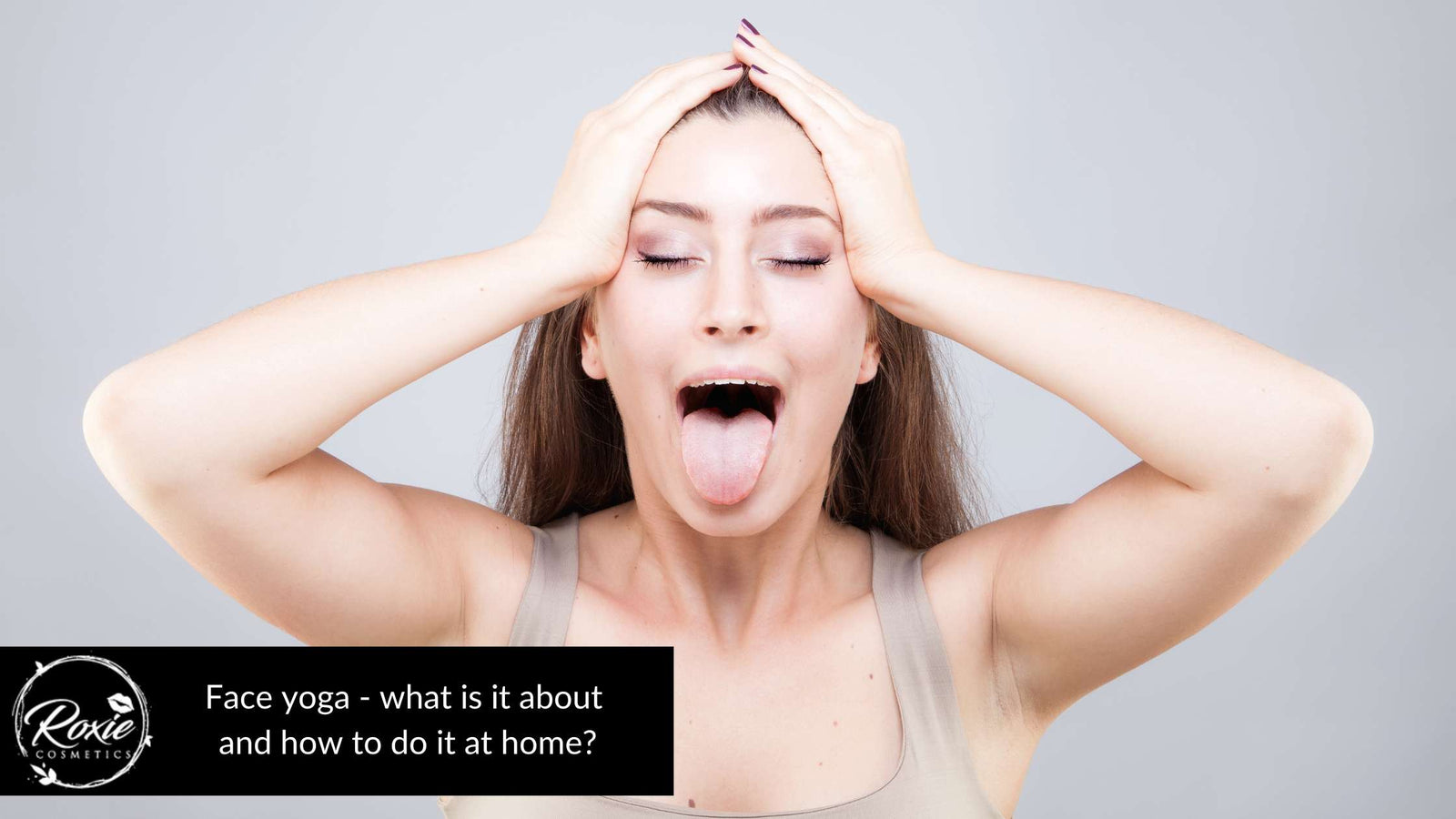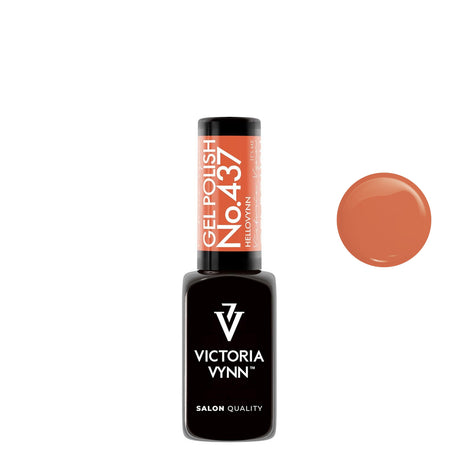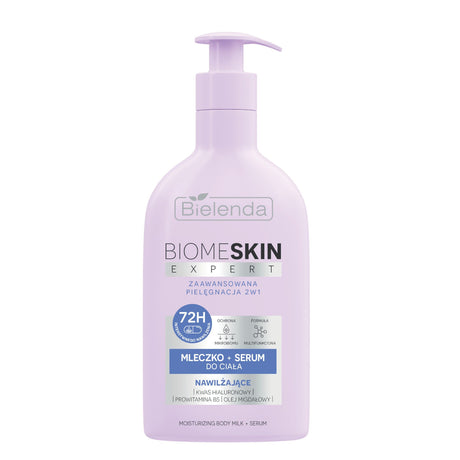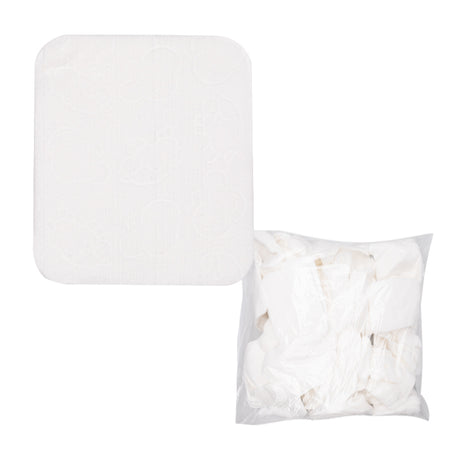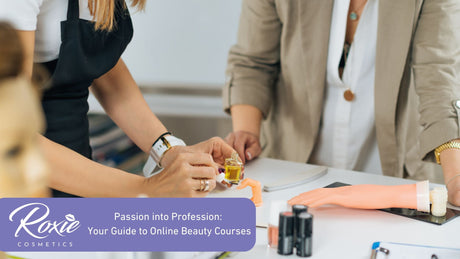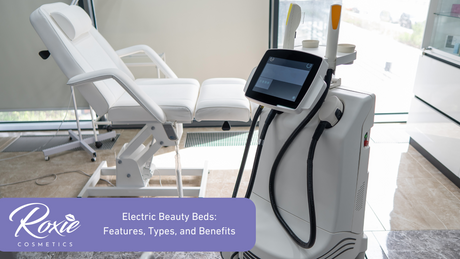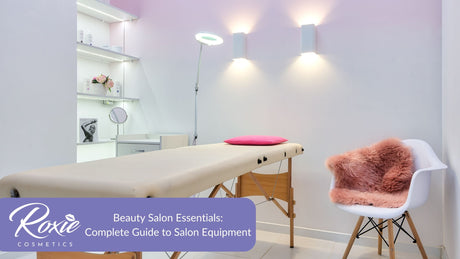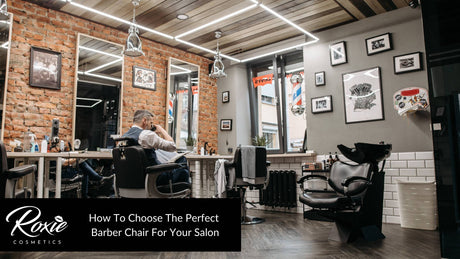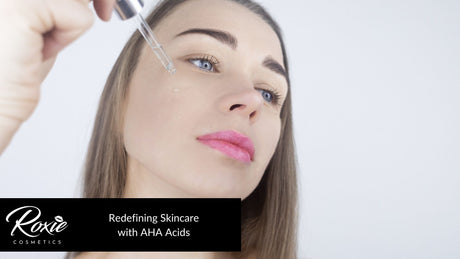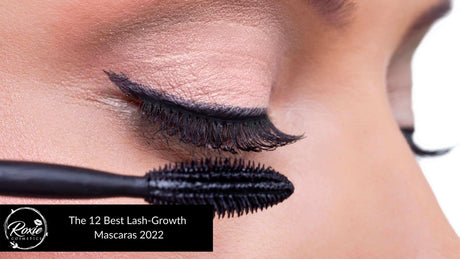Face yoga is a form of exercise that involves performing specific facial movements and expressions to tone and tighten the muscles in the face. It is based on the idea that the muscles in the face can be toned and strengthened in the same way as the muscles in the body, and that regular practice of face yoga can help to improve skin elasticity and reduce the appearance of fine lines and wrinkles. In this blog post, we will explore the basics of face yoga, including what it is and how to do it at home. We will provide tips and guidelines on how to properly perform face yoga exercises, as well as the potential benefits of this practice.
Face yoga – what is it?
Face yoga is a form of exercise that involves performing a series of specific facial movements and expressions to tone and tighten the muscles in the face. It is based on the idea that the muscles in the face can be toned and strengthened in the same way as the muscles in the body, and that regular practice of face yoga can help to improve skin elasticity and reduce the appearance of fine lines and wrinkles. Face yoga typically involves a series of exercises that target specific areas of the face, such as the forehead, cheeks, and mouth, and may also include techniques for relaxing the face and reducing tension. It is often recommended as a natural and non-invasive way to improve the appearance of the skin and maintain a youthful complexion.
Why is face yoga so effective?
While the effectiveness of face yoga is not well-established by scientific research, some people believe that it can be beneficial for improving the appearance of the skin and reducing the signs of aging. This is because the facial movements and expressions used in face yoga can help to tone and tighten the muscles in the face, which can improve skin elasticity and make the skin look firmer and smoother. Additionally, face yoga can help to improve blood circulation to the face, which can give the skin a healthy glow and improve its overall appearance. Finally, face yoga can also help to reduce tension in the face, which can help to prevent wrinkles and other signs of aging. Overall, while the effectiveness of face yoga is not clear, many people believe that it can be a helpful and natural way to improve the appearance of the skin and maintain a youthful complexion.
The effects of face yoga:
- Toning and tightening the muscles in the face, which can improve skin elasticity and make the skin look firmer and smoother
- Improving blood circulation to the face, which can give the skin a healthy glow and improve its overall appearance
- Reducing tension in the face, which can help to prevent wrinkles and other signs of aging
- Helping to relax the mind and reduce stress, which can have a positive effect on overall health and well-being
It is important to note that the effects of face yoga may vary from person to person, and that more research is needed to fully understand its potential benefits. Additionally, it is important to consult with a healthcare provider before starting any new exercise routine, including face yoga.
How often should you massage your face?
There is no specific recommended frequency for massaging the face. The frequency may depend on a person's individual skin care needs and goals, as well as the type of massage being performed. For example, a gentle facial massage to improve blood circulation and promote relaxation can be performed daily, while a more intense massage to target specific skin concerns may be performed less frequently. It is generally recommended to start with a gentle massage and increase the intensity and frequency as tolerated. It is also important to listen to your skin and avoid over-massaging, which can cause irritation and redness. It is always best to consult with a skincare professional or dermatologist for personalized advice on how often to massage your face.
Face yoga – is it good for everybody?
Face yoga may be suitable for most people, but it is always best to consult with a healthcare provider before starting any new exercise routine, including face yoga. Some people may have conditions or underlying health issues that could make face yoga inappropriate or potentially harmful. Additionally, face yoga may not be suitable for people with certain skin conditions, such as acne or rosacea, as the facial movements and expressions used in face yoga may exacerbate these conditions. It is always best to consult with a healthcare provider or skincare professional to determine if face yoga is safe and appropriate for you.
Tips on how to do face yoga at home
Here are some tips for doing face yoga at home:
-
Start by finding a comfortable and relaxed seated position, with your back straight and your feet planted firmly on the ground.
-
Begin with a few deep breaths to relax your mind and body.
-
Gently massage your face with your fingertips to warm up the muscles and improve blood circulation.
-
Start with simple exercises that target the whole face, such as smiling and puffing out your cheeks, and gradually work up to more complex exercises that target specific areas, such as the forehead, cheeks, and mouth.
-
Be sure to use slow, controlled movements and avoid over-stretching or pulling on the skin.
-
Hold each exercise for a few seconds before releasing and repeating.
-
End with a few deep breaths and a gentle facial massage to relax the muscles and promote overall relaxation.
-
Aim to do face yoga for at least 10-15 minutes per day, and gradually increase the duration and intensity as tolerated.
It is always best to consult with a skincare professional or healthcare provider for guidance on how to properly perform face yoga exercises and avoid potential injuries.

